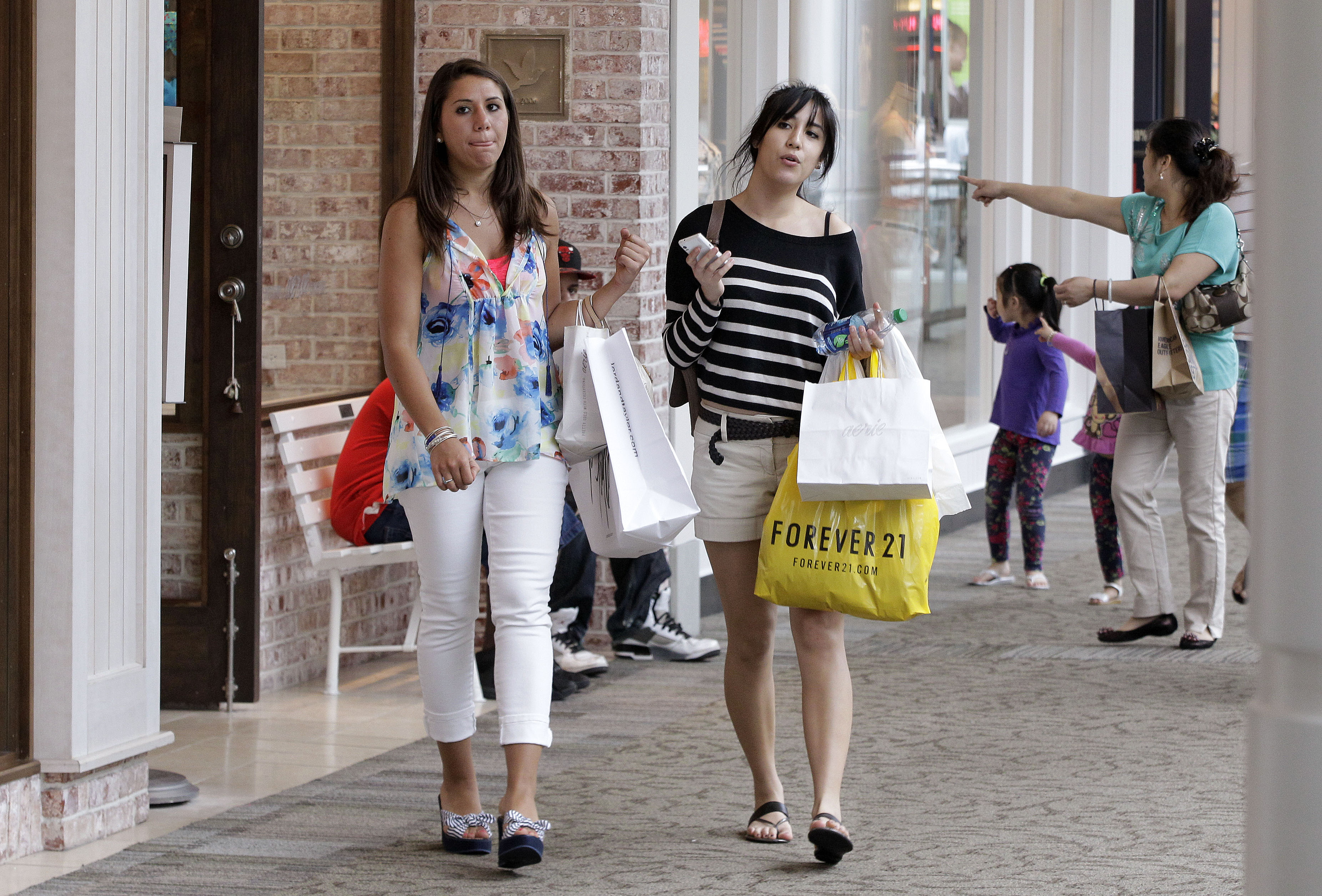Retail sales grew more slowly in May after surging the previous month but still posted a solid gain, heralding healthy consumer spending in the current quarter.
Driven partly by rising gasoline prices, sales increased 0.5%, the Commerce Department said Tuesday, above the 0.3% economists expected. Excluding volatile autos and gasoline, sales increased 0.3%, matching economists’ estimates.
After shopping with restraint in the first quarter, Americans splurged in April. That, along with higher pump prices, pushed up retail sales 1.3%, a 13-month high.
Households have benefited from steady job growth, reduced debt and rising home prices that have made them feel wealthier. But payroll growth slowed in April and was even more anemic in May as employers added just 38,000 jobs, leading some economists to predict a pullback in consumer purchases.
"The strength of the May retail sales report should provide plenty of comfort to those concerned that the recent slump in payrolls would be followed by a downturn in activity," economist Steve Murphy of Capital Economics wrote in a note to clients..
In May, gasoline station sales climbed 2.1% as prices continued to edge up. And auto sales rose 0.5%.
Sales also increased broadly, rising 1.3% at sporting goods stores , 0.8% at restaurants and bars, 0.3% at electronics and appliance stores, 0.6% at health and personal care stores, 0.8% at clothing stores and 1.3% online.
Partly offsetting the gains were declines of 0.9% at department stores, 1.8% at building material stores and 0.1% at furniture stores.
Retail sales make up the bulk of consumer spending, which comprises 70% of economic activity, and are watched closely by the Federal Reserve. The Fed is wrestling with timing of its first rate hike in 2016, particularly after the recent weak jobs reports.
![AP RETAIL SALES F USA MA [image : 85846096]](http://www.gannett-cdn.com/media/2016/06/13/USATODAY/USATODAY/636014409591757701-AP-Retail-Sales.jpg)


